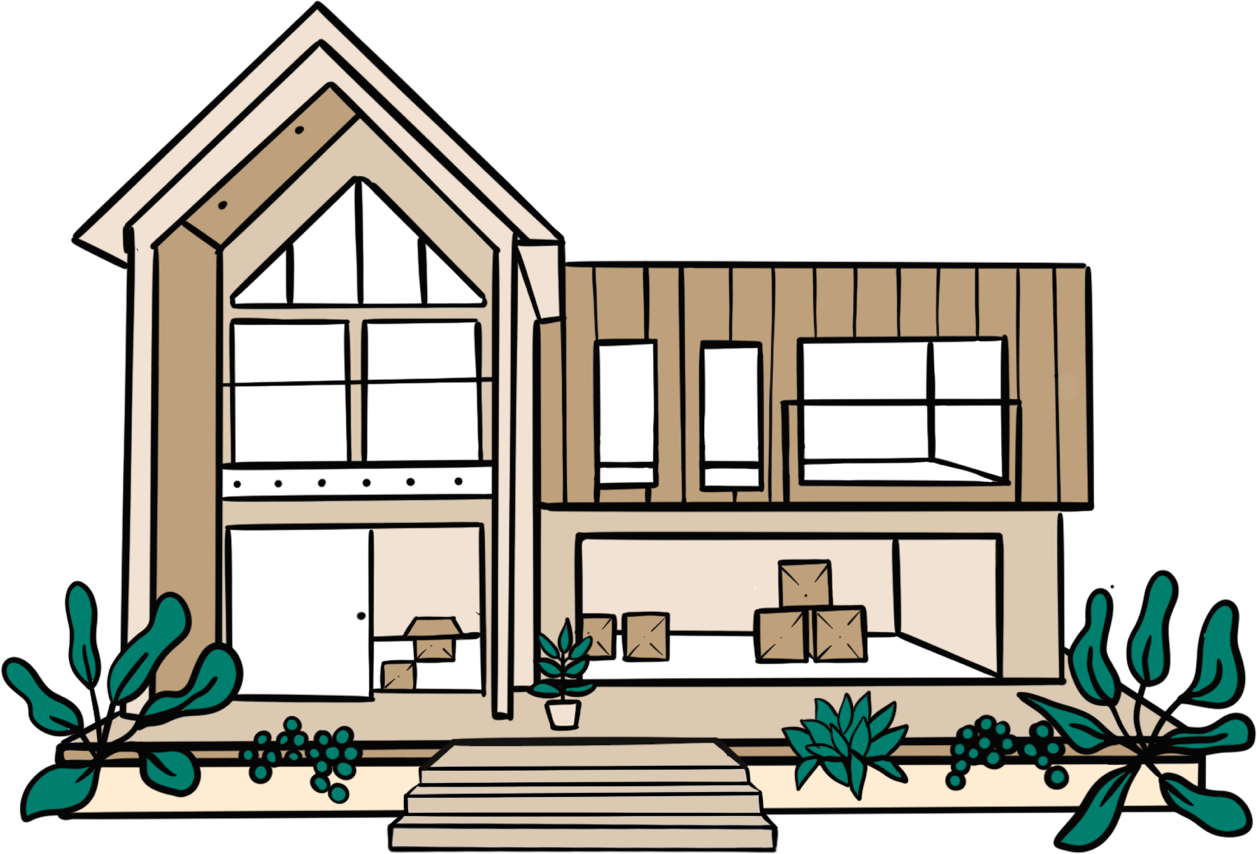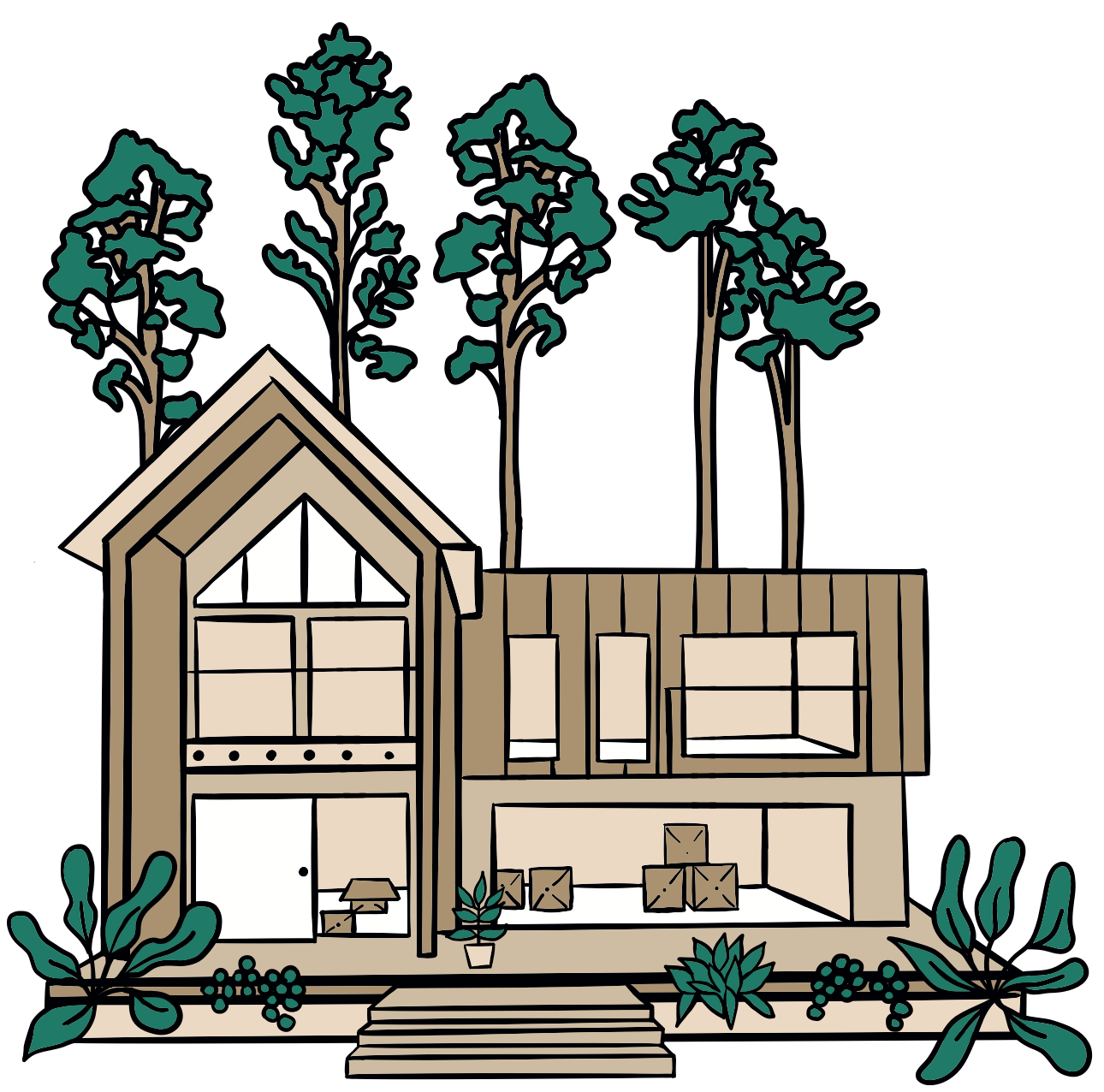Buying a property is, for most people, the biggest investment they’ll ever make. So, it’s vital to know all the details on the property to make an informed decision.
Most properties in the UK are sold as either a freehold or leasehold. In this article we look at what leasehold and freehold properties are, the fundamental differences, and pros and cons of buying each one. This should help you to make an informed decision for your property purchase.


